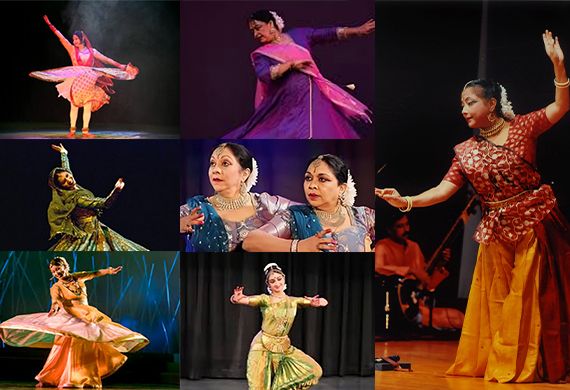
7 Timeless Female Kathak Dancers & their Iconic Legacies
By: WE staff
‘Katha kahe so kathak kahave’: ‘One who tells a story is Kathak’
This phrase encapsulates the very ethos of the Indian classical dance, Kathak. Deriving its roots from the word ‘katha’ which translates to ‘story’, Kathak is a dance form known primarily for storytelling. Originated centuries back in the temples of Norther Indian, the dance form showcases elegant movement of hands and feet accompanies by facial expressions.
One of the seven classical dance forms prevalent in India, Kathak has had an interesting journey over the years. Initially danced by male dancers who were called Kathakars, it showcased myths and epics through graceful movements, rhythm, and gestures. The dances were spiritual in nature and were meant to take human beings closer to gods. Later, through the influence of the Mughals, Kathak shifted to the royal courts and gained a new level of luxury and refinement. Moving away from spirituality, it began focusing on beauty, elegance and delicacy.
In eyes of the common public, Kathak continued to be dominated by men for decades. But the 20th century saw a sea change. Women came onto the stage—not just as dancers, but as harbingers of change.
Iconic doyens of the artform such as Sitara Devi, Shovana Narayan, Saswati Sen, and Aditi Mangaldas who broke the mold and transformed Kathak with depth of emotion and imagination. They brought back the dance form’s once lost reputation as well.
Today, in the 21st century, women are dominate the field of Kathak. While staying true to its tradition, contemporary Kathak artists are pushing the frontier of the artform across the globe in new and innovative ways.
Let’s meet some of the contemporary geniuses who played a key role in taking the traditions of Kathak forward while also charting new territories through the dance form.


